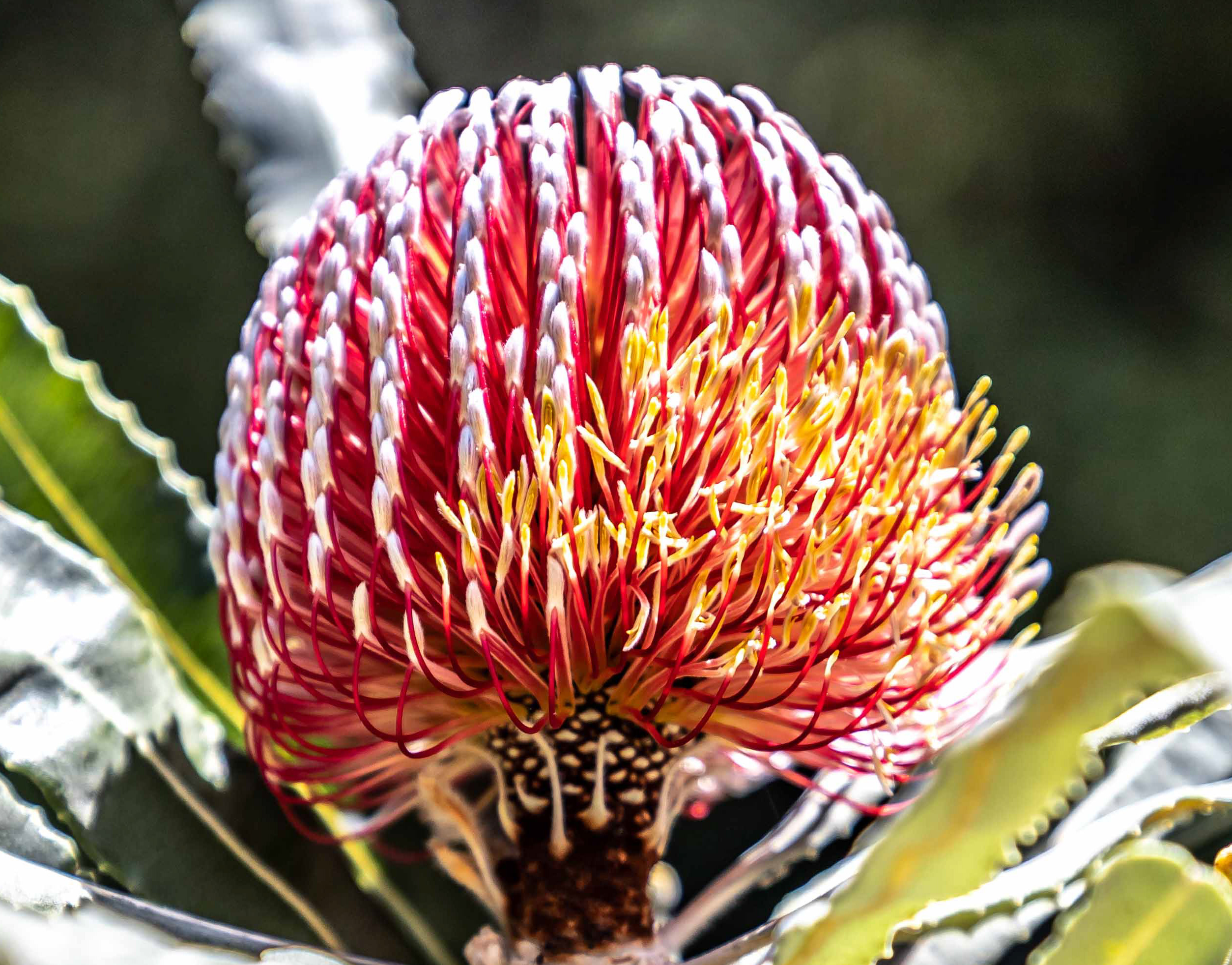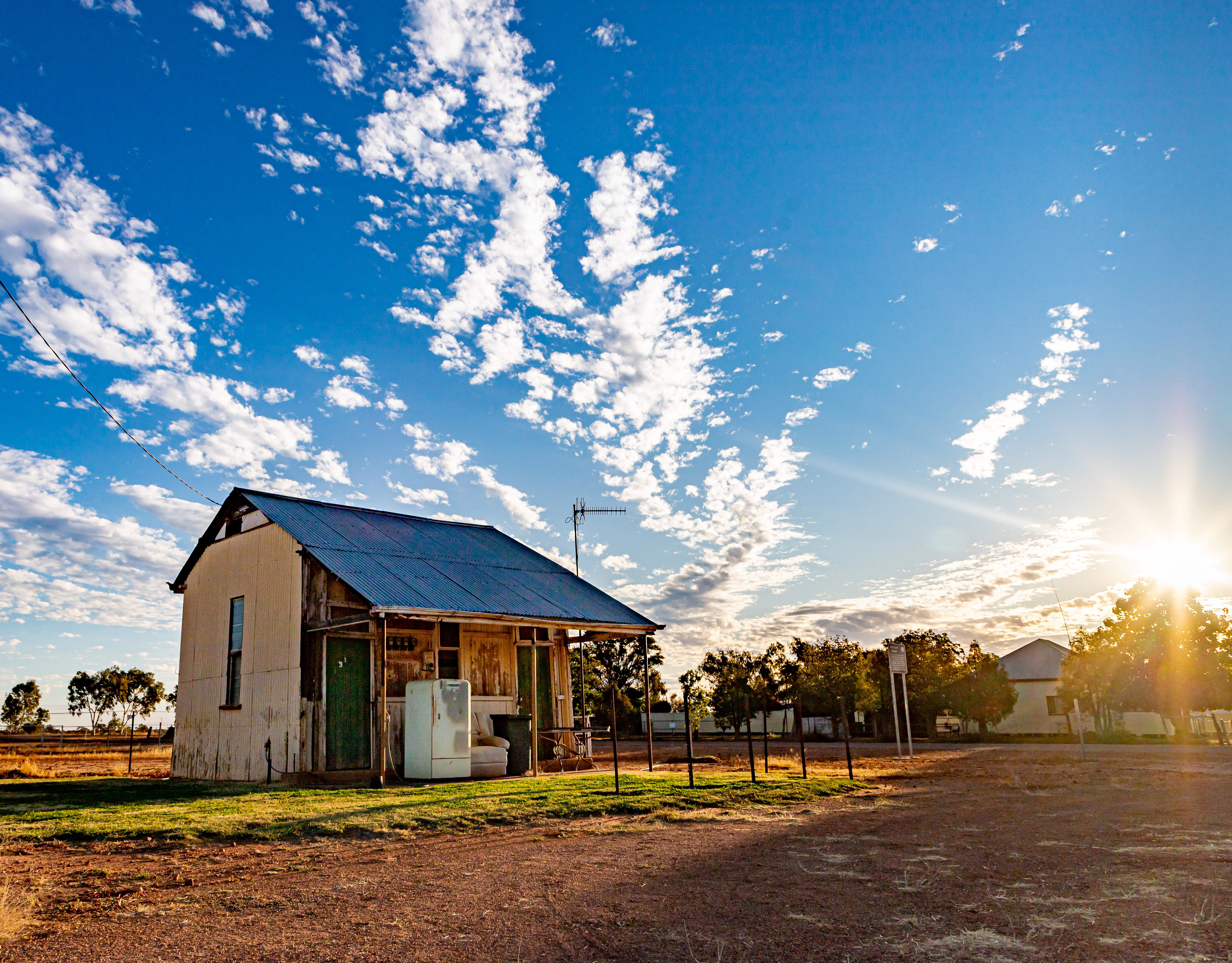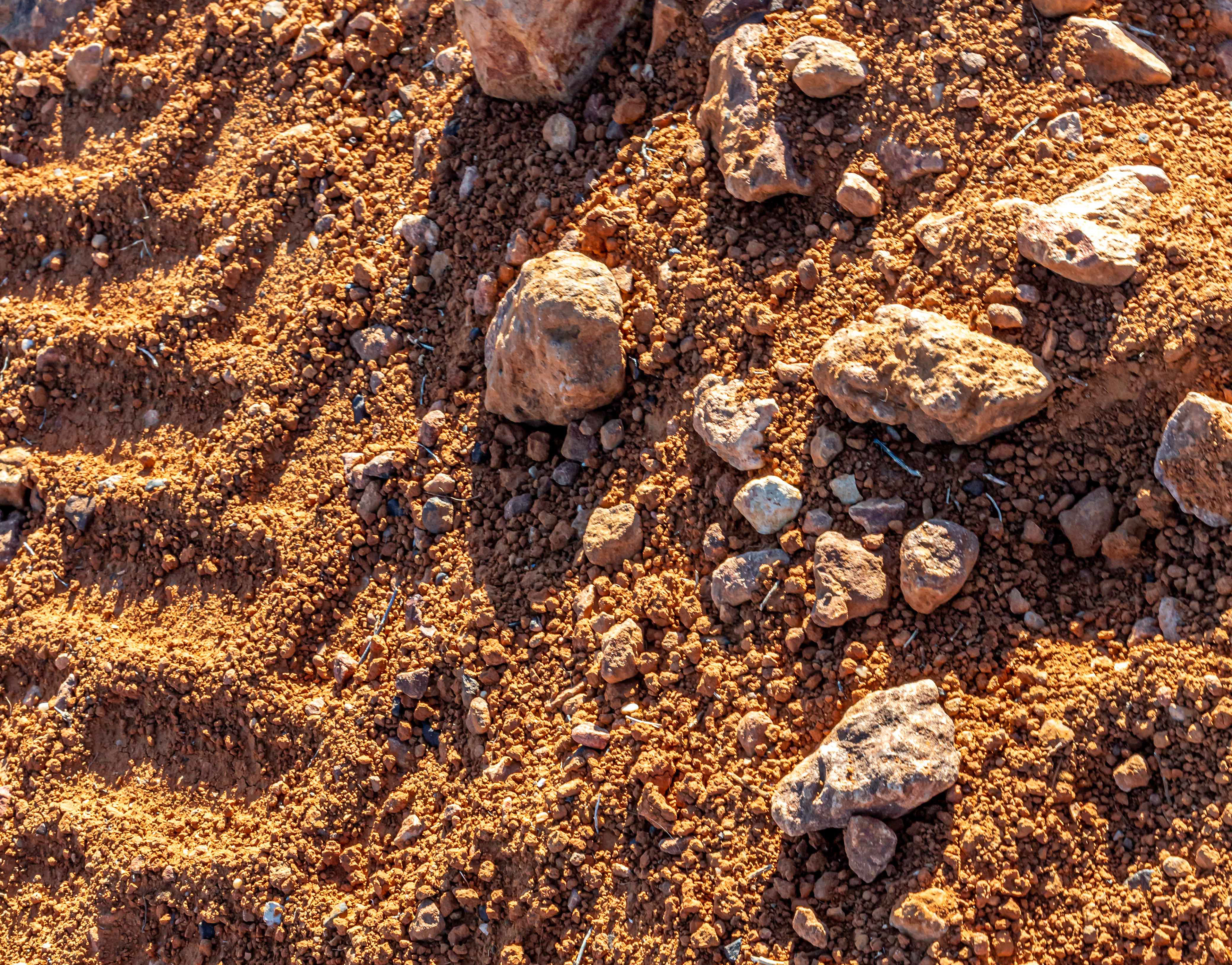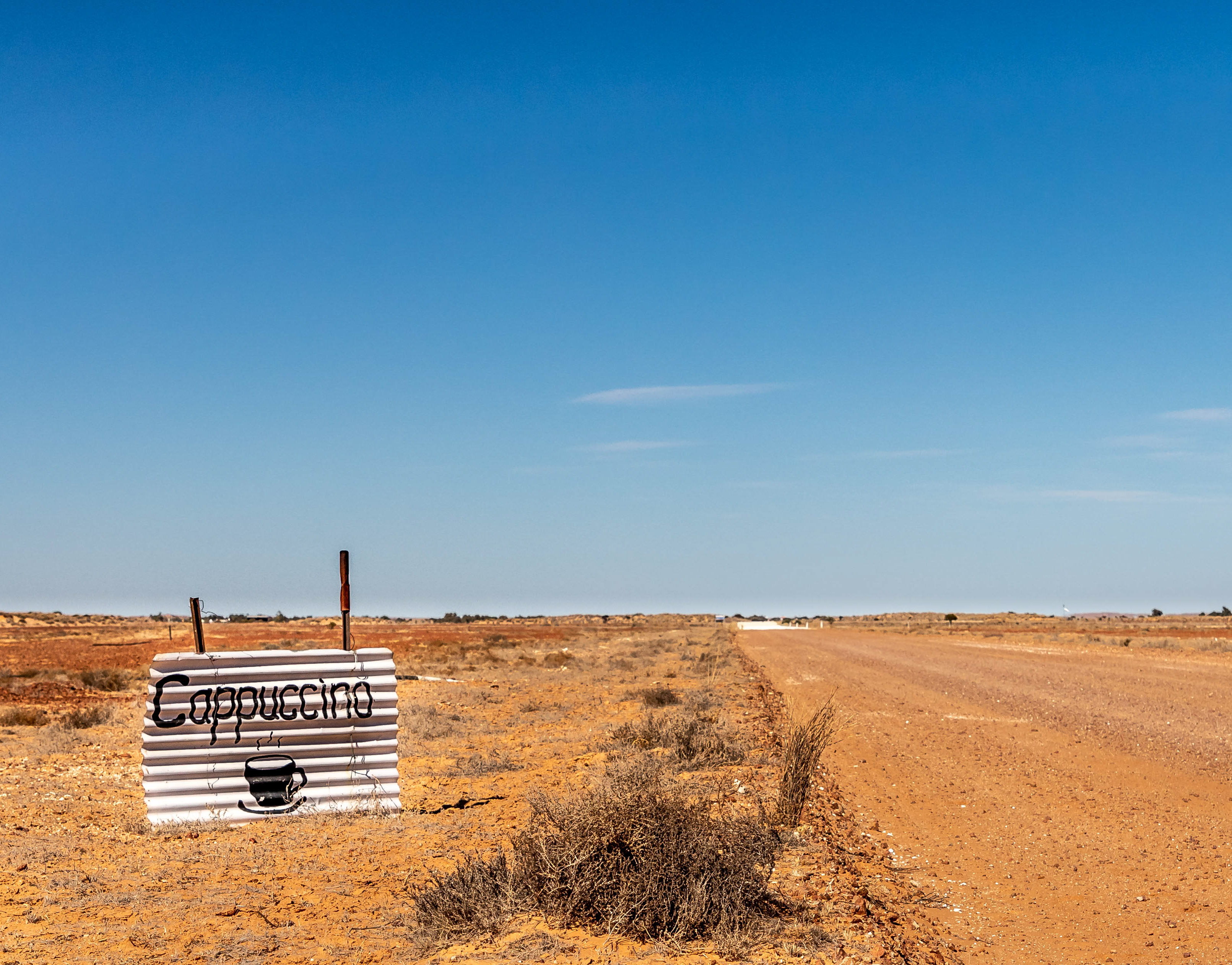Clarks' Mill
It may be difficult for younger generations to comprehend that anything, apart from houses, ever flourished around Logan, Albert, Pimpama, Ormeau and Coomera in south-eastern Queensland. While these are now just names that flash past as exits on the M1 between Brisbane and the Gold Coast, this was not always the case. In the mid to late 1800s these communities were important cogs in the food supply chain to the ever-increasing population of Brisbane, the capital of the new colony of Queensland. In the 1860s sugar cane, cotton, maize and ginger crops were being grown by the pioneering farmers, but as land was released for further agricultural development, and the size of the agricultural holdings grew, arrowroot became one of the more profitable crops. What is arrowroot I hear you asking? The arrowroot plant is a native of the tropics of South America. It produces a tuber or root that can be washed, dried and ground into a flour which is easily stored and quickly cooked. The flour is easily digested and can be used as a thickening agent in foods such as puddings and sauces and as a flour substitute in biscuits, cakes and other baked goods (http://brisbanelocalfood.ning.com/forum/topics/arrowroot-growing-south-of-brisbane). Arrowroot was reported as being grown in the Pimpama area in the1870s with the first processing mill built on Hotham Creek by William Doherty in 1884. It was followed by the Lahey and McCavanagh mills, all looking to access the high quality water of the creek, an important component of arrowroot processing. In the early 1900s around 200 acres of arrowroot was being grown on about a dozen farms in the Yatala, Pimpama, Ormeau and Nerang districts. These farms were supplying almost the whole of the arrowroot used in Australia (https://en.wikipedia.org/wiki/Pimpama,_Queensland). Arrowroot was an important part of the local economy right through until the 1940s when demand started to drop due to competition from other products such as maize starch. You may be wondering why I would bore you with information about arrowroot production. I have a small vested interest. My Irish great-grandfather, James Murtha arrived on the MV Alfred from Liverpool in January 1860, only a few months after the proclamation of the colony of Queensland. He settled at what is now Ormeau, and within 8 months had married Eliza Roberts the daughter of another local pioneering family. They went on to have 14 kids, one of whom was my grandfather, William. The suburb of Kingsholme (another sign that you flash past on the way to the Gold Coast) is named after the Murtha family home which still stands overlooking Ormeau Creek and the M1. Down the road at Pimpama, Matthew Clark and his family were pioneers of Hotham Creek, buying the McCavanagh farm and mill in 1893. Tragically, Matthew was killed in a timber milling accident in 1898 which left his widow and the family to run the farm and mill. This continued through until 1927 when son Morrison took over operations, and also married Muriel Murtha, my aunt. In 1935 the Clark mill processed 3,600 tons of arrowroot tubers, 1000 ton from their own farm and 2600 ton from the Norwell and Pimpama Island areas (http://historypin.appspot.com/attach/uid43505/map/#!/geo:-27.797401,153.310261/zoom:15/dialog:225947/tab:details/). It would have been hard graft, digging the tubers by hand (later mechanised) and carting them to the mill by horse and cart where they were mechanically chopped, pulped and washed with the resulting white flour dried in the sun. My interest in the mill started in the 1960s during the annual family pilgrimage to the coast for a break from the heat and dry of the Darling Downs. The most exciting part of the trip was cresting the rise at Southport and being the first of the kids rolling around in the back seat of the Ford Customline, or the later Fairlane, to spot the ocean. However, passing the Clark farm and spotting the arrowroot crop and the mill was also of significance as it meant that we were getting close to 3 weeks of sun, sand and surf (did I mention fish and chips?). Alas, I never did get to see the mill in operation. It closed in October 1973, the last in the district. Luckily a record of its operation was made prior to closure which provides some insight (https://www.dropbox.com/s/njrbawmpw1mr16j/VTS_01_1.VOB?dl=0). It took a 2016 family reunion on Clarks’ farm (still in the family) for me to actually get to see what was in the building that I still use as a marker on the way to the coast, although that is nigh on impossible these days, what with suburbia, trees, highway realignments and noise barriers getting in the way. It is certainly past its glory days, however scratch the surface and it is a great example of early colonial agricultural mechanisation and evocative of a bygone era when our forebears were setting the foundations for modern Australian agriculture.
You may also like









